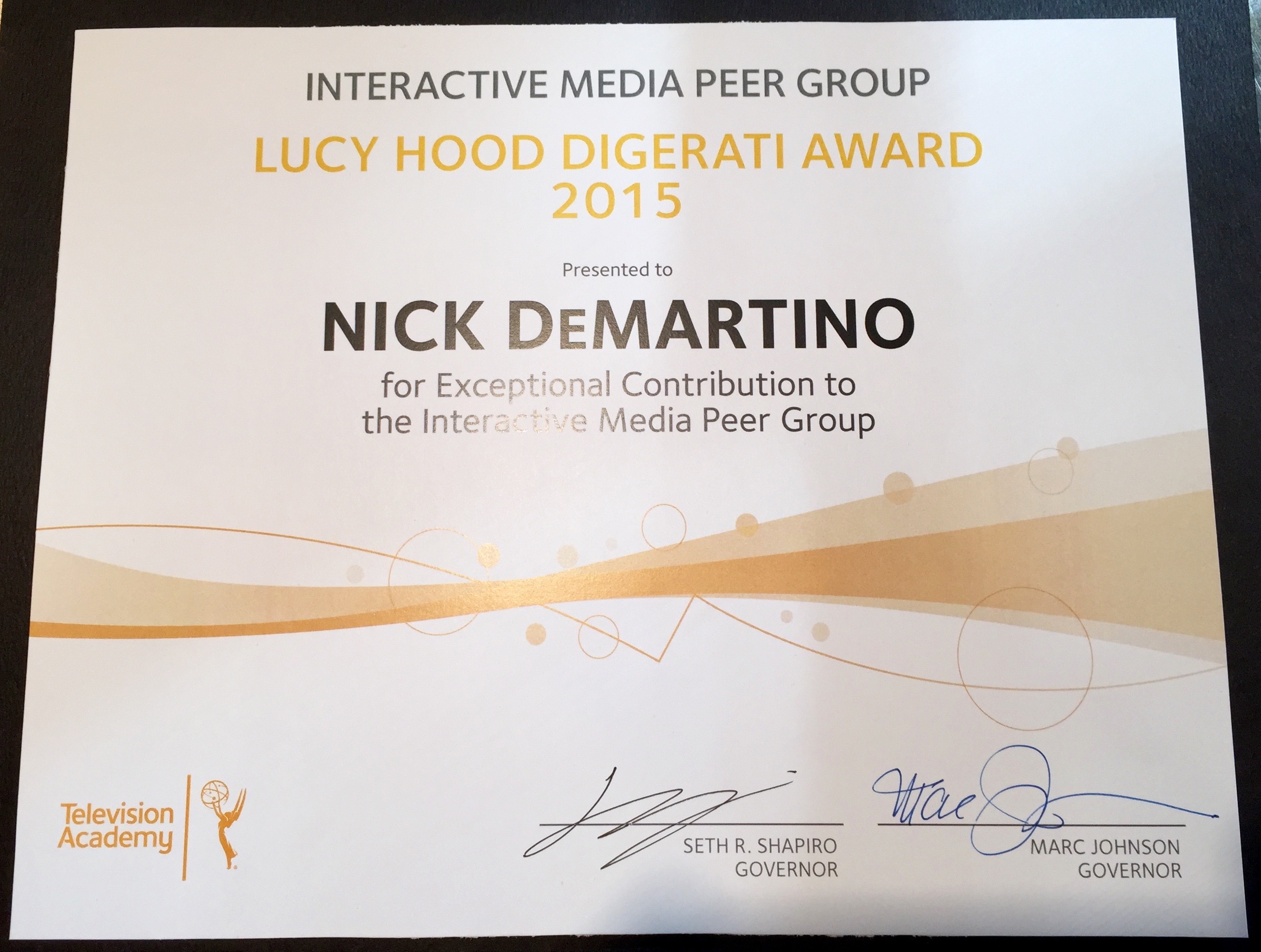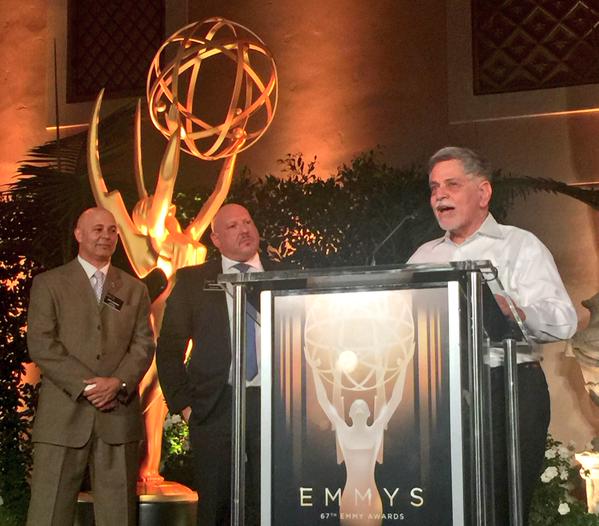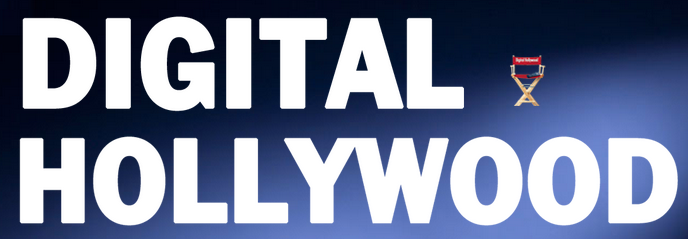Ted Hope sure has the right last name. His has been an always hopeful vision for how the indie film and video movement can remain viable in the face of wave upon wave of massive change – in technology, business models, audience behavior, and social change.
And so his new book, Hope for Film: From the Frontline of the Independent Cinema Revolutions, enshrines the autologically clever title that has graced his very informative blog for many years.
Hope’s activism is unique, bubbling from within a career of more than 70 independent features over the past three decades (which he has described as an addiction.)
 It’s pretty hard to be a lover of indie cinema without encountering a Ted Hope film, including films from such directors as Ang Lee, Todd Field, Ed Burns, Nicole Holofcener, Bart Freundlich, John Waters, Mike Mills, Alejandro González Iñárritu, Tamara Jenkins, Michel Gondrey, Hal Hartley,Todd Solondz, Sean Durkin, Greg Mottola, Alan Ball among others, whose stories comprise much of this fascinating memoir. These are wonderful stories, and a primer on what an indie producer actually does. Which is a lot!
It’s pretty hard to be a lover of indie cinema without encountering a Ted Hope film, including films from such directors as Ang Lee, Todd Field, Ed Burns, Nicole Holofcener, Bart Freundlich, John Waters, Mike Mills, Alejandro González Iñárritu, Tamara Jenkins, Michel Gondrey, Hal Hartley,Todd Solondz, Sean Durkin, Greg Mottola, Alan Ball among others, whose stories comprise much of this fascinating memoir. These are wonderful stories, and a primer on what an indie producer actually does. Which is a lot!
“We dreamed of art fueled by a love of cinema,” he writes, noting that at the beginning it seemed that this “would be enough to sustain ourselves, both financially and creatively.”
It worked for a while, as the indie film exploded creatively, and Sundance became a household word. “All of us in the industry were in for a big surprise,” writes Hope. “Entertainment industries across the board were about to face their most disruptive era, and few of us were truly prepared for it.”
Disruption caused by new technologies (in production, editing, distribution, marketing). And, disruption caused by greed, as “independent filmmaking became the business of profit margins rather than the underserved audience.”
Hope jumped on the opportunities presented by digital, hoping that they would help counter what he saw as an increasingly “outdated and unsustainable model.”
“Without a business model fitted for the times we are living in,” he writes, “budgets will continue to shrink, which has a profound effect on the types of stories that are told, and how they’re being realized.” Not to mention the impact on the financial viability of films, filmmakers and those whose investments get them made.
Increasingly, Hope became convinced that the whole ecosystem of indie film needed “a complete systems reboot.” He began speaking and writing and making lists of how to improve the indie business – very specific, very practical, and very necessary --posts with less-than-hopeful titles like: “ 38 More Ways The Film Industry Is Failing Today” and “The Really Bad Things In The Indie Film Biz 2012.” Hope talked about the crisis, and the need for collective action.
As I read these pages, it was hard to miss his increasing disappointment that so few of his fellows, not to mention certain organizations, haven't embraced this path of collective action.
“At a certain point, living an independent life, you start to recognize how fragile the whole enterprise is. You can’t afford to ignore the big picture. And you can’t do it alone,” writes Hope, as he shifts gears in the final chapters to share the story of how he left New York and hands-on production to focus on that “reboot,” first in an ill-fated stint at the San Francisco Film Society, and now as CEO of Fandor, an indie-focused streaming video-on-demand service, where he’s busy trying to tackle some of the “141 Problems and Opportunities for the Independent Film World,” which is included in this book as an appendix.
“I hope that by earning a living in a new way, I can start to focus on my dreams more,” writes Hope, and cites uber-producer Saul Zaentz as an man he would emulate.
Myself, I was put in mind of another great film executive/producer, David Picker, whose 2013 book “Musts, Maybes, and Nevers” told the story of United Artists, which, as Picker wrote, “put a wedge in the studio control of content in the mid-twentieth century” to build a home for independent talent until it too “succumbed to the financial support provided by institutions that didn’t comprehend the nature of the businesses they acquired. As delivery methods expanded, soon the very nature of the film business changed.” (My review)
The UA era paved the way for the “new” indie movement -- the classic Sundance era and Ted Hope -- which is now giving way to, well to something different. No question that whatever it is, Ted Hope will be passionate, just as he was in the pages of this important memoir/manifesto.
 Thursday, September 10, 2015 at 8:34 AM by
Thursday, September 10, 2015 at 8:34 AM by  Nick DeMartino
Nick DeMartino  It’s kind of like that feeling on Christmas or maybe your birthday when you got a gift you weren’t expecting, that’s what I had last night at the annual ‘Celebration of Excellence’ event for the TV Academy’s Interactive Media Peer Group (IMPG). I was recognized with the “Lucy Hood Digerati Award” for exceptional contribution the group (and presumably the industry, since much of what I think earned me this award actually predated the founding of the IMPG, e.g. the programs I created in the 1990’s at the American Film Institute.)
It’s kind of like that feeling on Christmas or maybe your birthday when you got a gift you weren’t expecting, that’s what I had last night at the annual ‘Celebration of Excellence’ event for the TV Academy’s Interactive Media Peer Group (IMPG). I was recognized with the “Lucy Hood Digerati Award” for exceptional contribution the group (and presumably the industry, since much of what I think earned me this award actually predated the founding of the IMPG, e.g. the programs I created in the 1990’s at the American Film Institute.) It was a great feeling when I was a kid, and it feels pretty good now, especially coming (literally) from my peers. As I said to the group, I used to call the Enhanced Television Workshop, launched in 1997, the “Why Bother?” program, because that’s what most people in Hollywood said to me when I described what we had in mind – a creative sandbox that would allow talented storytellers to meet technologists, designers, and programmers who could help them bring audiences into their stories. We attracted a lot of brilliant people – I once called them ‘interactivists’ – many of whom are my colleagues in the IMPG to this day. As I looked out at the crowd last night, the answer to that “Why Bother?” question was obvious. That’s why we bothered.
It was a great feeling when I was a kid, and it feels pretty good now, especially coming (literally) from my peers. As I said to the group, I used to call the Enhanced Television Workshop, launched in 1997, the “Why Bother?” program, because that’s what most people in Hollywood said to me when I described what we had in mind – a creative sandbox that would allow talented storytellers to meet technologists, designers, and programmers who could help them bring audiences into their stories. We attracted a lot of brilliant people – I once called them ‘interactivists’ – many of whom are my colleagues in the IMPG to this day. As I looked out at the crowd last night, the answer to that “Why Bother?” question was obvious. That’s why we bothered.


